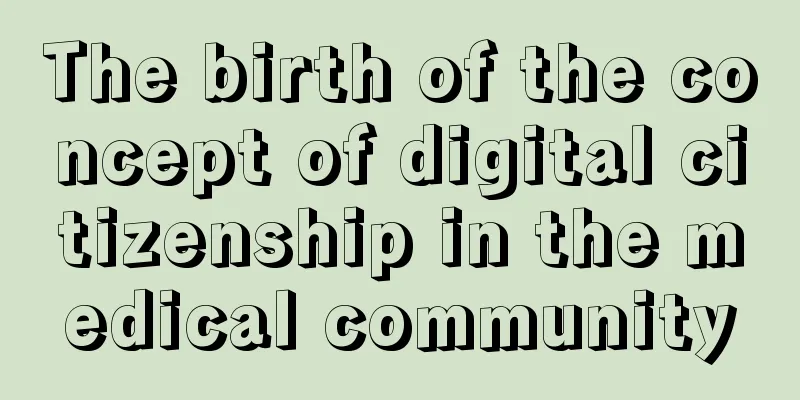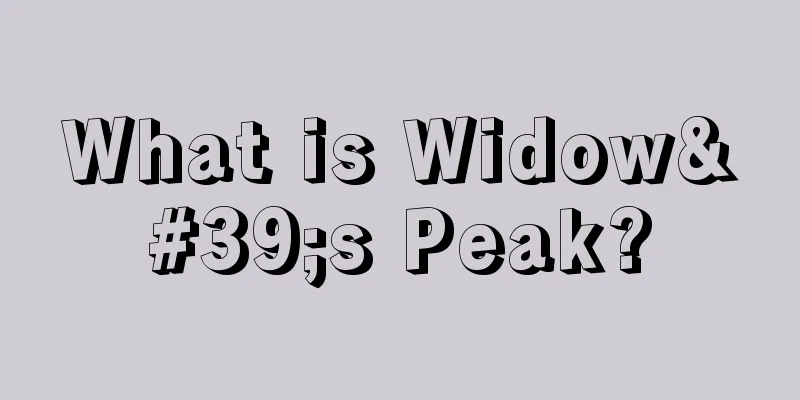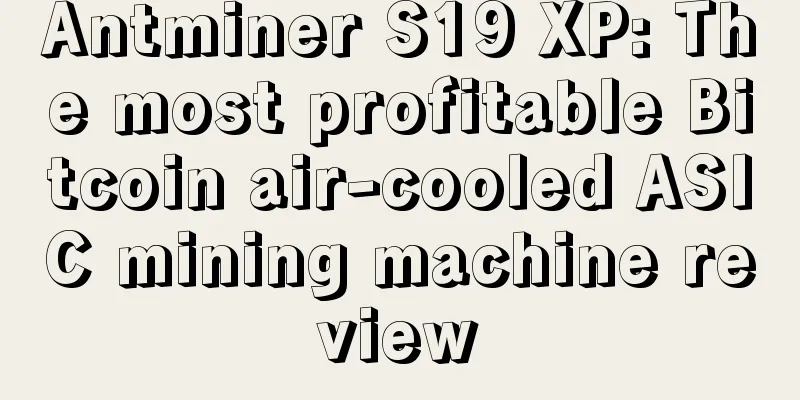The birth of the concept of digital citizenship in the medical community

|
Rage Review : The National Institute of Standards and Technology (NIST) and the Office of the National Coordinator for Health Information (ONC) have collaborated to launch a request report entitled "ONC Blockchain Challenge". ONC is the main federal entity that can coordinate the implementation and use of the most advanced health information technology and electronic health information transactions across the country, and is responsible for national medical interoperability. Part 6 of the report explains the trust architecture of blockchain medicine and expounds on the theory of consensus and encrypted citizens for the first time. ONC and NIST Blockchain Challenge have the potential for open social thinking, because the introduction of blockchain architecture will solve our patient identity authentication problem-achieving national medical interoperability. Translation: Nicole Who takes the time to write a ten-page proposal to the government? We all know that nothing will happen if it is read, right? As members of society we have to believe in something, and if we are going to invest our time, committing to improving national healthcare is obviously an important first step. ONC and NIST Collaboration The National Institute of Standards and Technology (NIST) and the Office of the National Coordinator for Health Information (ONC) have collaborated to launch a request for reports titled "ONC Blockchain Challenge". ONC is exploring "blockchain applications for health IT and health-related research". The submission period for the report closes on August 8, and the winner will be privately notified on August 22, and the official announcement will be released on August 29. What is the reason for ONC and NIST to collaborate on this initiative? It is understandable that the organizational missions of both ONC and NIST can be logically aligned to jointly support the ONC Blockchain Challenge. ONC is the primary federal entity that coordinates the national implementation and use of state-of-the-art health information technology and electronic health information transactions and is responsible for national health interoperability. NIST is a measurement standards laboratory and a non-regulatory agency within the U.S. Department of Commerce with a mission to advance industry innovation and competition. Many IT leaders associate NIST with 800-53 or NIST Professional Publication 800-53, a standards document that recommends security controls for federal information systems and organizations. However, NIST's mission goes much further. NIST is comprised of laboratory programs in areas including nanoscale science and technology, engineering, information technology, electronics research, materials measurement, and physical measurement. ONC and NIST's alliance is an interesting pairing and a signal that industry security and policy are coming together. Together, the two agencies have the potential to create national standards for secure medical interoperability. The importance of consensus Among the many ONC Blockchain Challenge reports is one titled “Co-Creating Healthcare Trust: A Crypto-Civic Architecture for Blockchain Interoperability,” which I co-authored with Jeff Brandt, an expert in mobile, security, and healthcare. ONC Blockchain Challenge The sixth section of the report explains the trust architecture of blockchain healthcare and for the first time explains the theory behind consensus and digital citizenship.
The report explains in detail the value of consensus and how ownership is managed in the healthcare context. Digital Citizenship Brandt and I discussed the definition of crypto citizenship and its impact on interoperability. He said
We explain the core architecture of digital citizen interoperability and the concept of self-sovereignty:
How does this relate to interoperability? How can a patient's medical information be accessed if the vendor cannot verify the patient information? How can medical and treatment information flow between devices and institutions? Currently, information does not flow seamlessly between medical entities. Patients need to request access to their medical information, and usually the information is transmitted inefficiently, usually via fax, email or photocopy. The report presents an argument that self-management through distributed consensus is an enabler for helping patients take back control of their medical identity verification.
The ONC and NIST Blockchain Challenge has the potential to open up society’s minds as the introduction of blockchain architecture will solve our patient identity verification problems – enabling national healthcare interoperability. |
>>: Can a company called "Lawnmower" reshape the blockchain investment landscape?
Recommend
What does a poor and unlucky man look like?
Physiognomy is very old. It has been passed down ...
Revealing the Secrets of Fate through Palmistry
When reading a person's palm, some palm exper...
How to change your fortune if you are born poor
How to change your fortune if you are born poor I...
The fortune of people born in the year of the Ox in 2018
Quietly, we have entered the second half of the Y...
The easiest way to identify a villain's face is to know
The most frightening thing in life is encounterin...
BTC faces a liquidity crisis on the sell side? eToro is about to be shorted by investors
According to Bloomberg, investors' demand for...
Detailed explanation of boys' wisdom line
The wisdom line is different on every man's h...
What does a good-looking man look like?
Face reading and fortune telling have deep histor...
Analysis of the facial features of women with willow-shaped eyebrows and gentle and considerate personalities
Do women with willow-shaped eyebrows have good lu...
Regulation is leading to financial exclusion: blockchain technology is the core solution
According to a recent report by the Center for Gl...
Zhuge's Divination 26: The best fortune escapes the top nine
Since ancient times, there has been no shortage o...
The signs of disaster coming
The signs of disaster coming Three disasters <...
What's wrong with people having dimples?
If a woman has dimples on her face, it must be a ...
Men with short noses are not motivated at work
Men with short noses are not very manly because w...
Is it good for men and women to have square faces?
Is it good for men and women to have square faces...









